Do you have a gooseneck trailer, and you’re wondering how to connect it to a bumper hitch? Wonder no more, for we have researched this question, and we have the answer for you.
The safest way to connect a gooseneck trailer to a bumper hitch is by connecting a modified bumper hitch that will provide your truck with a third axle. Your gooseneck trailer can then be connected to this bumper hitch.
Learn more about connecting hitches in the succeeding sections. We even included some important safety tips that you need to follow before you pull trailers for a long haul. Read on!
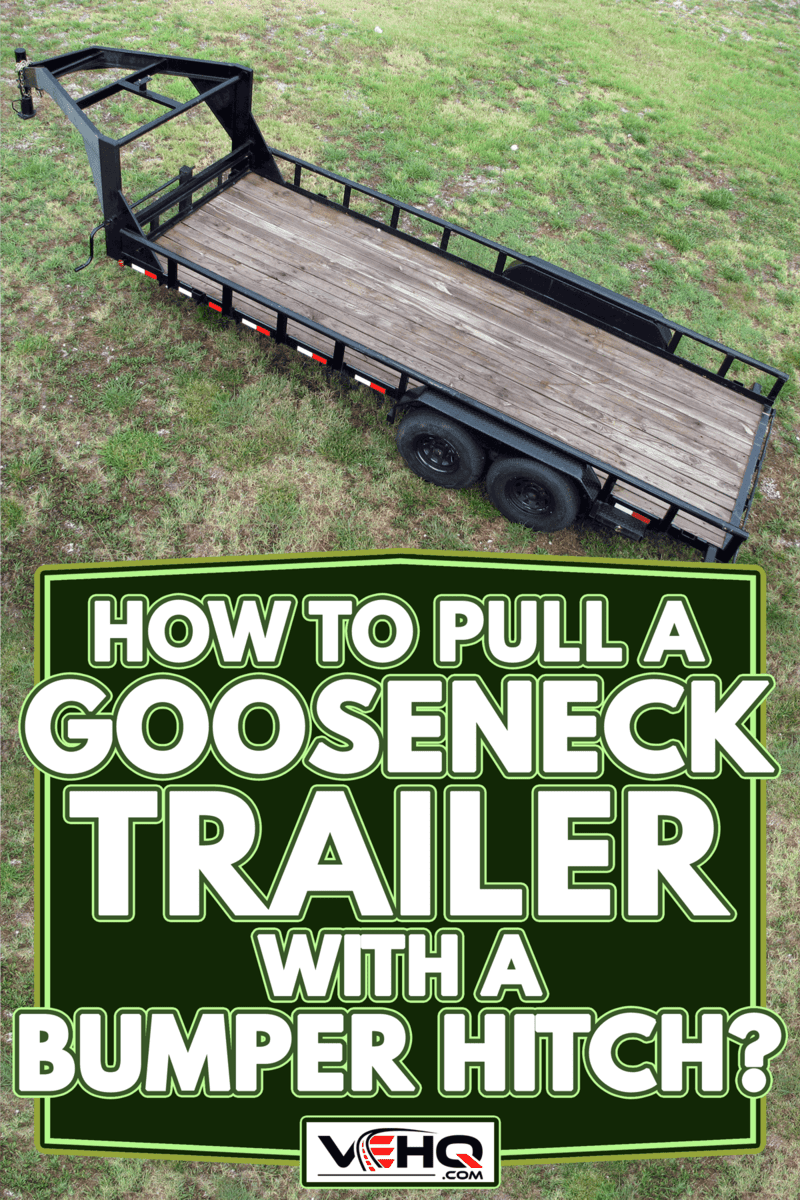
Is it safe to pull a gooseneck trailer with a bumper hitch?
Although you can use an adaptor to connect your gooseneck trailer to your truck, it is important to make sure that the capacities match. Keep in mind that gooseneck trailers are made to carry much heavier cargo. Always verify that the bumper hitch adapter you will install has the same capacity as your gooseneck trailer.
A bumper trailer is safe for light cargo. However, it gets unstable and unsafe as your cargo gets heavier. Consider the cargo weight that you will haul and use the more appropriate way to haul it.
If you think about it, if you do not need to haul a lot of weight, then maybe you do not need a gooseneck trailer in the first place. So, why not stick to a bumper-pull trailer for your needs?
However, if you do need to haul heavy cargo, then you need a gooseneck trailer. If you need to carry heavy loads, why would you want to connect it to a bumper hitch? There are gooseneck connectors that can be hidden away when you do not need them, leaving your truck completely free for use if you’re not hauling the gooseneck trailer.
If you need to use your truck bed while hauling your gooseneck trailer, then why not get a larger trailer so that you can place whatever you were supposed to put in the truck bed on the trailer too?
Bumper Hitch Adapter With A Third Axle
Safety Towing Systems, Inc. developed an automated safety hitch that you can connect to your truck like a regular bumper hitch. It has several features that make pulling gooseneck trailers safer from the bumper, including the addition of a third axle, hydraulic brakes, an automated steering control system, and an auto disconnect and recovery feature.
If you absolutely must tow a gooseneck from your bumper, consider this product. Again, just make sure that the maximum capacity of your trailer matches the capacity of the automated safety hitch before you make a purchase.
Can you pull a fifth-wheel with a bumper hitch?
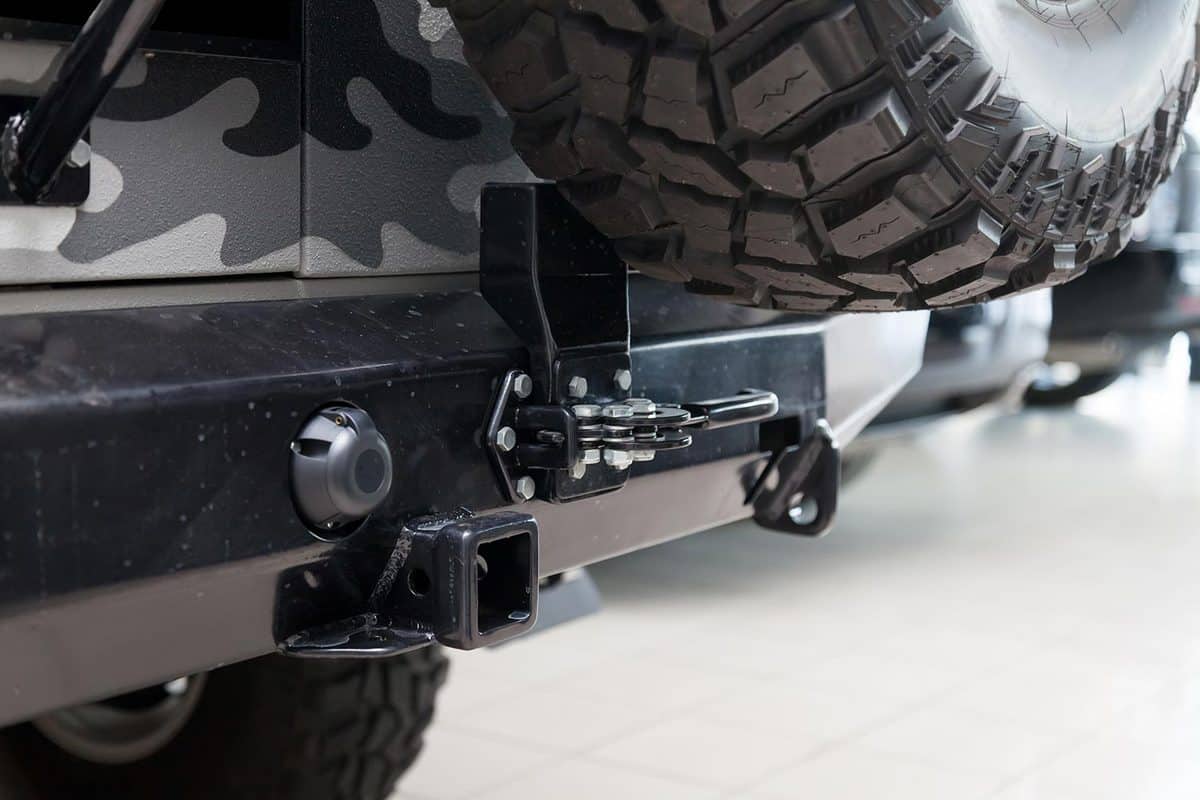
Similar to the gooseneck adapter for a gooseneck trailer, Safety Towing Systems, Inc. has a similar adapter that can be used for fifth-wheel trailers. It has similar features as the one that you can use for gooseneck trailers.
How do you move a gooseneck RV trailer without a truck?
If you only need to move your RV a short distance and your truck is away, you can use a trailer valet instead. A trailer valet is a trailer dolly that can make the short-distance maneuvering of your trailer easier.
Connect it to your RV trailer and maneuver it into place. Some models have a jack that you can use to raise or lower your trailer into your gooseneck ball. There are motorized trailer dollies that help with moving a heavy RV trailer.
Are Gooseneck trailers easier to tow than bumper trailers?
Gooseneck trailers are generally more stable than bumper trailers because part of their length overlaps with the length of the truck. These trailers can be made longer and wider without making the towing vehicle unstable.
This is not the case with bumper trailers. Bumper trailers have the tendency to sway or wobble even though they are smaller and carry lighter loads than a gooseneck trailer. They are known for their lack of stability as you get to their maximum allowable weight. This problem is not present in gooseneck trailers.
So, if you plan to haul heavy cargo over large distances, it is best to use a gooseneck trailer to take advantage of its stability. Stability is important for long-distance hauling to reduce the chances of an accident happening.
Are bumper pull trailers safe?
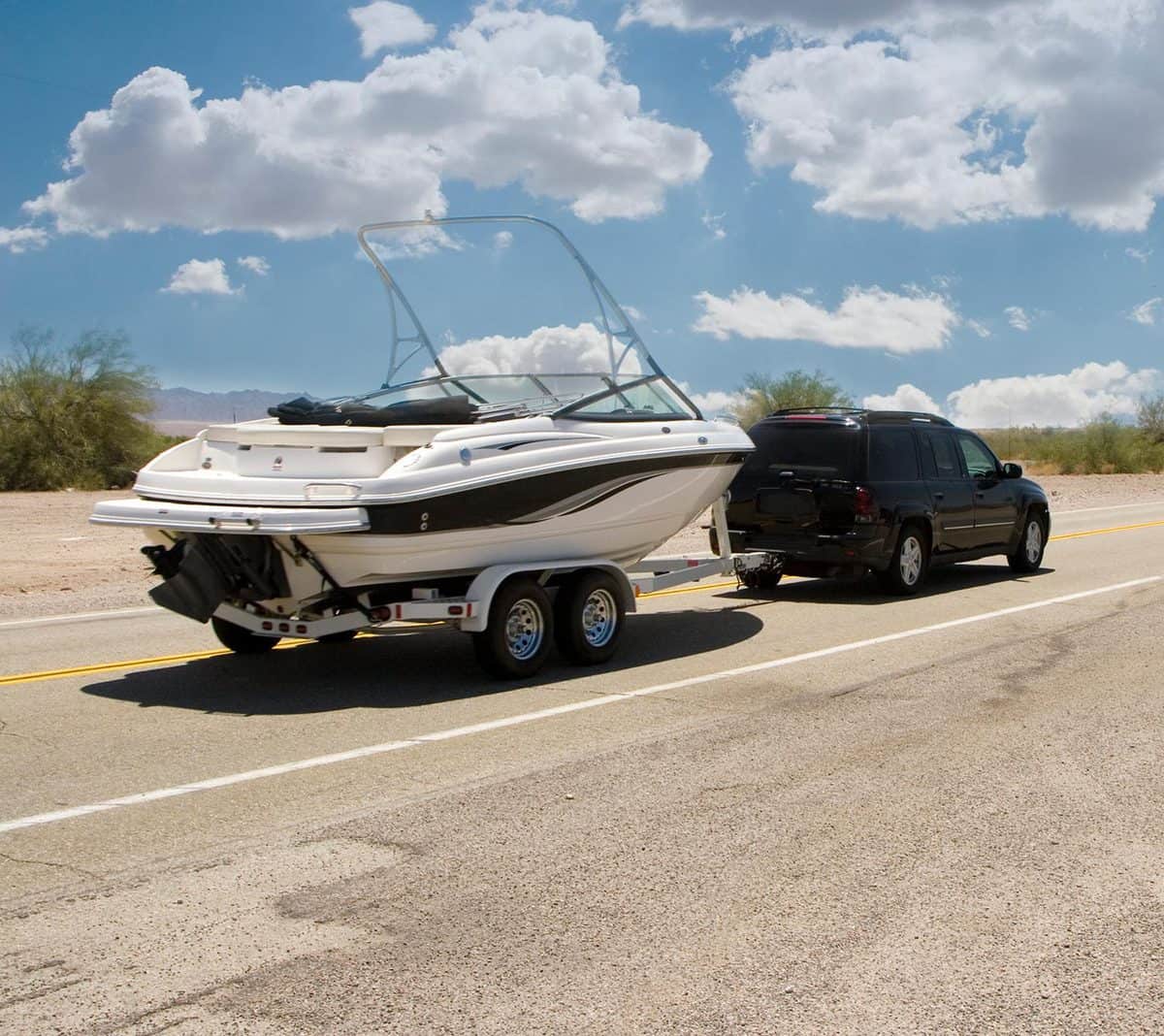
Whether it’s a bumper pull or gooseneck, the safety of a trailer depends on how you follow the safety precautions for pulling a trailer. Below are some tips on preparing to ensure that your trailer is safe when you pull it.
Check Trailer Tires
Here are the important things to check in your tires.
Tire Pressure
Some people do not fail to check the tire pressure on their trucks but forget to check the tire pressure on the trailer. It is just as important to have the right tire pressure on your trailer tires. Incorrect tire pressure can cause tire damage that can affect the vehicle's handling.
Keep in mind that you should check the tire pressure while the tires are cold. This means that it is best to check your tires when they have not been driven for more than three hours or for less than a mile at moderate speed.
Tread Depth
The tread depth on your tires should be more than 1/16-inch. Insert a penny into the grooves with Lincoln’s head upside down. You will need to replace the tire because of wear if the top of Lincoln’s head is visible.
Uneven Wear
Check the trailer tires for any signs of uneven wearing. Check if one side of the tread is worn more than the other. Uneven or flat spots may indicate a problem with the tire and should be inspected by a tire professional immediately.
Cracks And Bulging
Check your tires for signs of rot, cracking, or bruises in the sidewall and tread area. Signs of bumps and bulging could indicate that there is separation inside the tire body.
If you observe any of these symptoms, have your tires checked by a tire professional as soon as possible.
Rotate Your Tires
It is a good idea to rotate your tires before a long trip. Regular tire rotation ensures even tread wear. This helps the tire to perform as expected.
Up To Date Tow Vehicle Maintenance
Towing a heavy trailer adds stress to your towing vehicle.
So, it is best to make sure that you’ve recently had an oil and oil filter change. Also, check the brake pads if they still have plenty of thickness remaining. Check the level of the engine coolant and ensure that it is at the proper level.
Moreover, it is a good idea to have your transmission fluid topped off as well.
Matching The Ball
Make sure that the ball on your trailer hitch is a perfect match for the coupler on your trailer. Badly matched hitch balls are a common recipe for accidents.
Hitch balls come in three standard sizes, 1-7/8 inches, 2 inches, and 2-5/16 inches.
Trailer Safety Chains
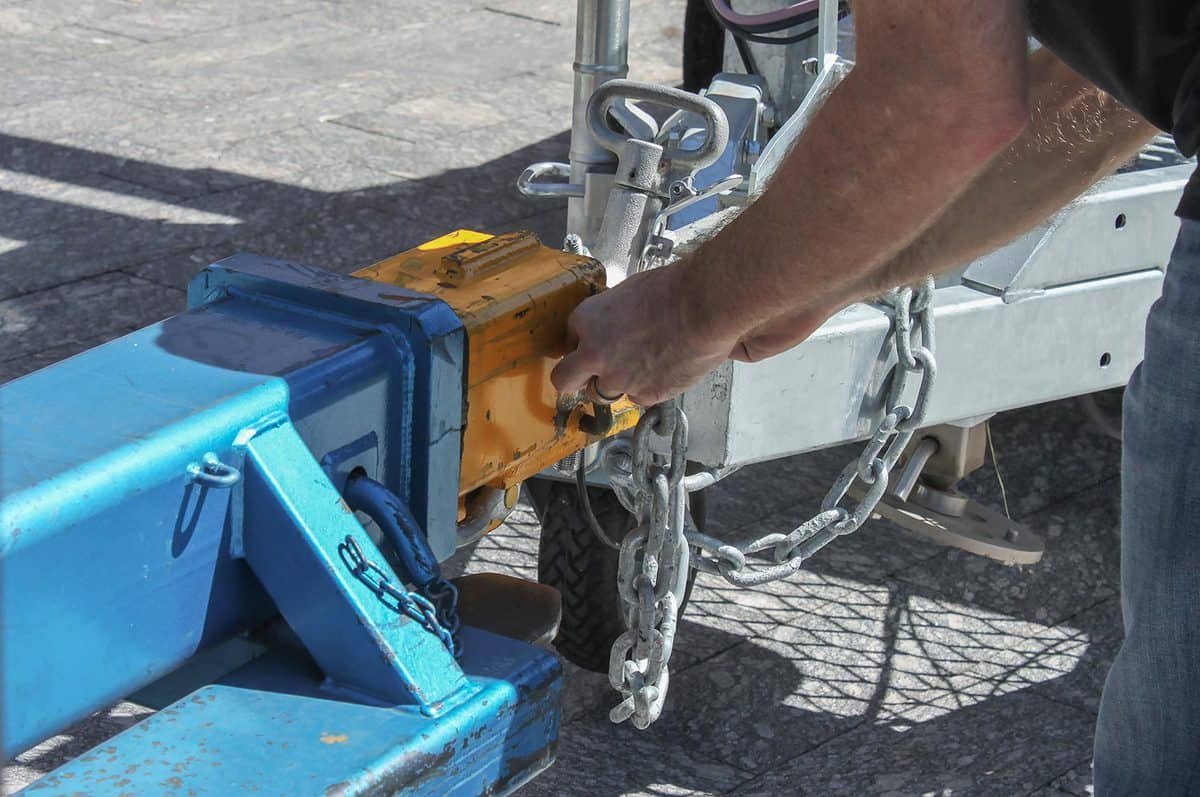
Always connect safety chains. When connecting safety chains, cross-connect them instead of connecting them straight—the left chain goes to the right, and the right chain goes to the left.
If the trailer gets disconnected from the towing vehicle, the cross-connected safety chains will serve as a safety cradle for the tongue of the trailer to fall into. This will prevent the tongue of the trailer from digging into the pavement.
The proper way of connecting the chains is to give them some slack so that they have room for turning. However, it should not be too long. Safety chains that are too long will no longer be able to provide the necessary support if the trailer gets disconnected.
The Camco heavy-duty rust-resistant steel safety chain with spring hooks is available on Amazon. Check it out through this link.
Check Trailer Lights And Wires
Always double-check all your lights before hitting the road. Have someone visually confirm that the lights are working as you trigger them one by one.
Check the wire connectors closely—they should be loose enough so that sharp turns will not pull on them and disconnect them. On the other hand, the wires should not be too loose to touch the road. Wires rubbing against the road can cause wearing and lead to disconnected wirings.
Use Tow Mirrors
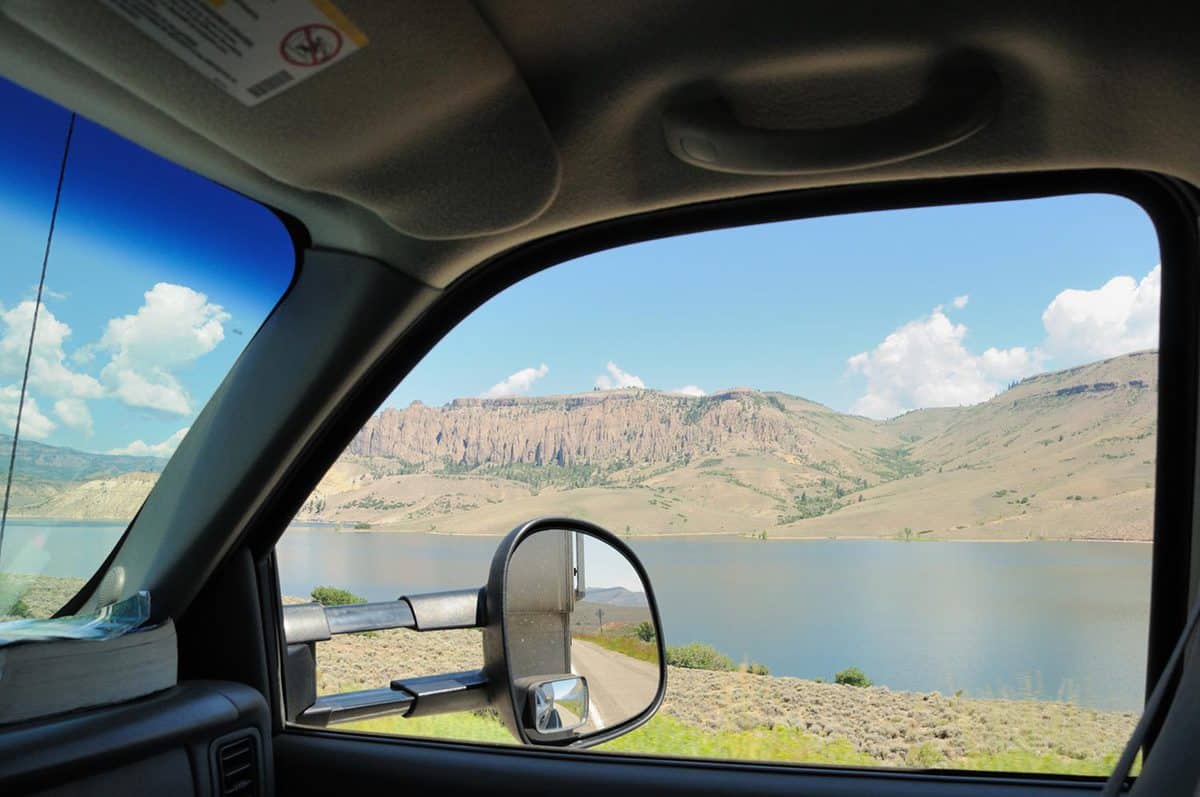
This is important when the trailer that you’re hauling is wider than your tow vehicle. Wider mirrors allow you to see the blind spots and aid with rear visibility.
The CIPA clip-on towing mirror is available on Amazon. Check it out through this link.
Upgrade To A Larger Fuel Tank
This may not be directly related to trailer safety, but this is just as important.
Towing trailers makes your truck use up more fuel. Most of the time, stopping at small gas stations along the way might not be easy when you’re towing a tall trailer.
Conclusion
You can safely pull a gooseneck trailer with your bumper hitch if you use an adapter that will give you a third axle.
If you found this article interesting, why not check the two articles below too:


